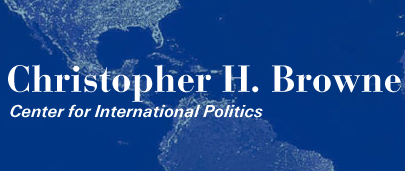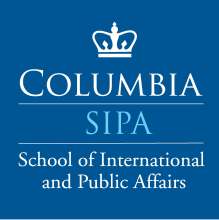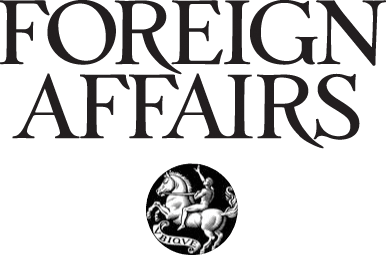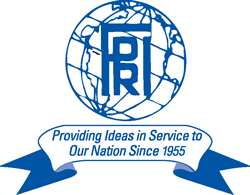By Nicki Ghazarian
Regionalization has become a powerful subunit within globalization, led by efficient, well-funded regional institutions. Many argue that regional institutions narrow their focuses more specifically and specialize the uses of their resources efficiently. However, other scholars find that these institutions lack the establishment, funding, and wealth of resources that global organizations maintain, which lessen their influence and strength. With regard to multilateral development banks, analyst Rebecca M. Nelson argues that they aid developing countries by funding infrastructure and other development projects. In contrast, critics claim that these institutions prioritize getting money out the door rather than producing effective results in these countries and regions. By focusing on the relationship between the African Development Bank’s (AfDB) infrastructure development projects and regional integration in Africa, we see that many of these projects, such as the Enugu-Bamenda Road Project, have integrated the region beyond economical means.
Founded in 1964, the AfDB was established to aid development efforts, reduce poverty, and maintain stable economic growth throughout the continent. The post-WWII global order was characterized by a period of decolonization and the spread of nationalistic fervor. The European economic architecture was in shambles, and their foreign colonies in Africa and elsewhere quickly became costly burdens rather than economic fuel, leading colonies to fight for independence. The violence and death characteristic of the Algerian War of Independence represented the extent to which these countries went in order to achieve autonomy. Moreover, the global security architecture weakened as these numerous national conflicts escalated in violence, destruction, and deaths. The vulnerable international security system led to the establishment of more international institutions designed to maintain stable relations between countries, resolve conflicts, and promote economic development. The combination of a fragmented economic and security system within the international realm contributed to the building of more international organizations, including the AfDB. Following 1960, known as the “Year of Africa”, the founding of the African Development Bank proved necessary in assisting the financial, economic, and structural developments of the newly independent nations.
After this colonial period, two draft charters were created to promote unification amongst the new countries. The charters established the Organization of African Unity (the African Union) and the regional development bank, which now also consists of the African Development Fund and the Nigeria Trust Fund. International trade analyst Rebecca M. Nelson also discusses the strong push for African unification during this time period as she states that, “the AfDB was created in 1964 and was for nearly two decades an African-only institution, reflecting the desire of African governments to promote stronger unity and cooperation among the countries of their region.”
The official incorporation of non-regional members into the Bank’s system in 1982 reflected the need for help after a “difficult history” shaped by “historical low growth, exclusion from the global expansion in world trade and investment, and a fragmented region of 53 mostly small economies…and the combined pressure from shareholders on all sides,” according to the Center for Global Development (CGD). The postwar world was already recovering from harsh economical damages and the additional consequences from the two oil crises in the 1970s were detrimental to those economies that depended mostly on trade exports, such as African economies. In addition to the numerous small economies and low growth and income rates, Africa was largely excluded from international trade in the postwar era. According to Professor Geoffrey Jones, nontariff barriers on trade were reintroduced during the 1960s after influence on growth by trade liberalization policies waned following the war. These barriers largely excluded developing countries from trade through the remainder of the 20th century, especially African nations.
Although the Bank has experienced decades of low growth and productivity, it is necessary to recognize its progressive development and its capacity for future growth as well. In 1995, “Omar Kabbaj was elected president with a mandate to restore financial order.” His restructuring program tightened control over the Bank’s finances and restored its financial integrity, recreating a solid foundation in which to build on. One of the CGD’s main suggestions for the president is that “AfDB needs to specialize in one area that supports economic growth. Infrastructure should be the Bank’s focus because it is one of the most serious constraints to growth and a sector where the Bank can make a difference.” This recommendation illustrates the significance of infrastructure development projects in strengthening African economies.
Today, the Bank plays a major role in economic development in the region. It operates similarly to the World Bank with regard to how it lends money and gives grants to different countries and private companies. By 2008, the Bank made such institutional strides that it overtook the World Bank in lending amounts for the first time in history. The three-pronged institutional structure has provided for a wide range of success in interest areas including infrastructure, agriculture and rural development, climate change, education, and many more. The primary goals of each project within the Bank vary depending on the region, and financial allocations and resources are then relatively accommodated. The ADB has proven quite effective in its efforts, specifically in the number of projects the Group has approved since its birth.
The Bank’s dedication to regional integration projects and its consistent financial and economical development assistance to member countries illustrate its role in the spread of regionalization. Mr. Saleh Nsouli, former Director of the Europe Department within the International Monetary Fund (IMF), explains that, “the AfDB is accelerating its regional integration efforts through several activities. These include adjustment reforms aimed at creating conducive economic environments in member countries and in the region, facilitating infrastructure development, promoting private sector development…and ensuring protection of the environment.” He argues that political and economic stability are key components for regionalization, and the AfDB’s financing of various multinational infrastructure and development projects has helped improve regional interactions and relations.
In conclusion, the Bank has shown great success in its large sum of funds allocated to development projects, its participation in partnerships with major global powers like the US and other international institutions, and its ability to adapt and modernize to inform people around the world. Though the Bank is still working towards developing a system to track and measure its level of inclusion growth, its Results Measurement Framework report (2013) states that the Bank has in fact been successful in economic, spatial, social, and political inclusion. Further research illustrates that infrastructure development is the “best practice” in regional integration, especially in Africa. The AfDB’s allocation of the majority of its funding towards infrastructure projects and multiple successes, such as the Enugu-Bamenda Highway, illustrates the effectiveness of this method and the strength of the relationship between infrastructure and integration.
Nicki Ghazarian is an assistant online editor for the SIR Journal for International Relations. She is currently a senior at the University of Pennsylvania, majoring in International Relations.


















